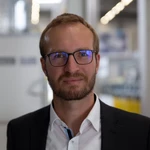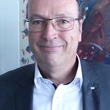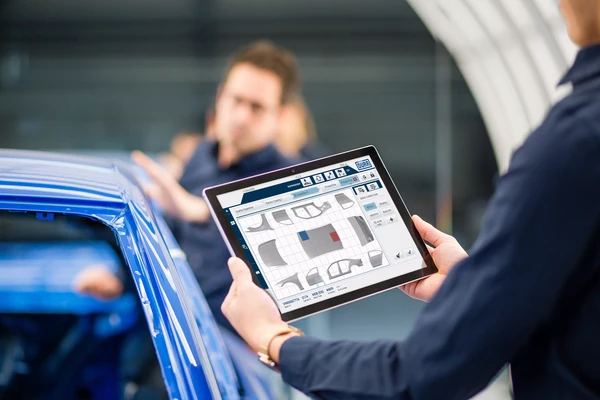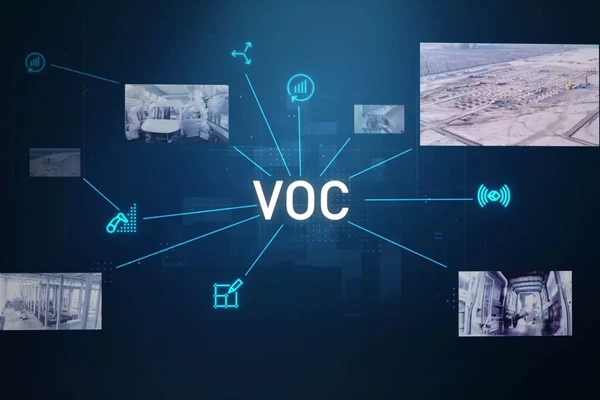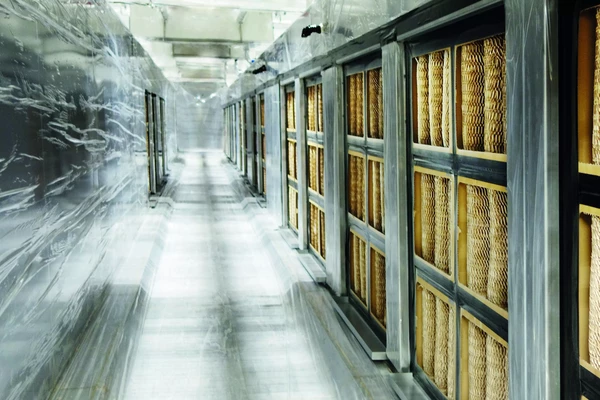
Sustainable modernization: switching from wet to dry separation
Oct 11, 2021
Dürr is helping its customers make the switch to energy-efficient and resource-efficient technologies with a four-stage conversion plan for spray booths.
In order to meet prescribed and self-imposed climate targets, many industrial companies need to take strong action. The aim here is threefold: to reduce emissions, to become carbon neutral, and to increase energy efficiency generally. In car production, the spray booth is the biggest consumer of energy. Switching from wet to dry separation can reduce the energy required for the overall production of a car by 10%. Modernization will therefore always be worthwhile for customers.
On average, a paint shop will be in operation for 25 to 30 years. So it almost goes without saying that not all of the paint shops currently in use in the world meet the latest standards. Without modernization, the operating costs of these paint shops will increase significantly in the near future due to the anticipated increase in carbon taxes. There are clear arguments, both economic and environmental, in favor of converting existing paint shops.
A look at the energy distribution in car production reveals that painting accounts for the biggest share of the overall energy consumption at 43%. Dürr is putting its expertise to work here, significantly reducing energy consumption as well as VOC emissions by modernizing the painting and separation process. This makes the painting process more sustainable.
Dry vs. wet separation
Older paint shops use wet overspray separation. However, the much more efficient dry separation process has become established in the last decade. With overspray separation, the fresh air fed in must always be discharged again. This requires a lot of energy for air conditioning. With dry separation, the amount of fresh air fed in is reduced to around 20%. The remaining air is made up of recirculated process air, which means that less energy is needed for reconditioning.
This switch alone cuts energy consumption by 60%, and water consumption for air conditioning by a remarkable 80%. Since dry separation uses cardboard or limestone filters instead of water to bind the overspray, it means that no water at all is needed for this.
The fully automatic solution is the EcoDryScrubber overspray separation system. “The EcoDryScrubber is suitable for all paints and application technologies. Limestone powder is used as a natural binder for the paint, and both ensures a long filter life and can be reused as a secondary raw material in the cement industry or for desulfurization in power stations. We are thus making an important contribution to environmental protection,” says Daniel Ackermann, product manager at Dürr.
This high-tech solution provided the starting point for the development of a further two dry filter systems, the EcoDry X and EcoDry Rack. Both use disposable cardboard filters. Together with the EcoDryScrubber, this dry separation family covers the most diverse customer requirements and budgets.
Efficient application technologies
A particularly effective way of minimizing VOC loads is automated modern application technologies, which need less paint and solvent in the first place. Likewise, emissions can be reduced with efficient color change systems and automatic atomizer cleaning equipment as well as new flushing technologies.
Dürr’s four-stage conversion plan
With its four-stage conversion plan, Dürr provides its customers with a complete package that bundles all the conversion work for the paint shop in an efficient way. Each modernization stage can be done separately, and the conversion measures can be carried out during non-productive times so that production is not impacted.
In the first stage, the application technologies are examined and optimized. This leads to a reduction in paint consumption and VOC emissions as well as an improvement in the painting quality.
In the second stage, the overspray separation is switched from wet to dry separation. The fully automatic overspray separation using EcoDryScrubber also reduces particulate emissions by almost 100%.
The third stage involves the conversion to air recirculation mode. The innovative overspray separation technology is the key to reducing energy consumption in the spray booth by up to 60%.
Finally, in the fourth stage an air pollution control system (recuperative thermal oxidation or regenerative thermal oxidation) is installed downstream to reduce the VOC emissions generated. This guarantees adherence to emissions guidelines.
- 1st stage: Application is automated
- Paint consumption is reduced/application efficiency is increased
- 2nd stage: Wet separation is replaced with dry separation
- A sustainable overspray separation system is installed
- 3rd stage: Spray booth is converted to air recirculation mode
- Energy consumption is reduced by approx. 60%
- 4th stage: Air pollution control system is installed
- VOCs are reduced, ensuring adherence to the new emissions guidelines
